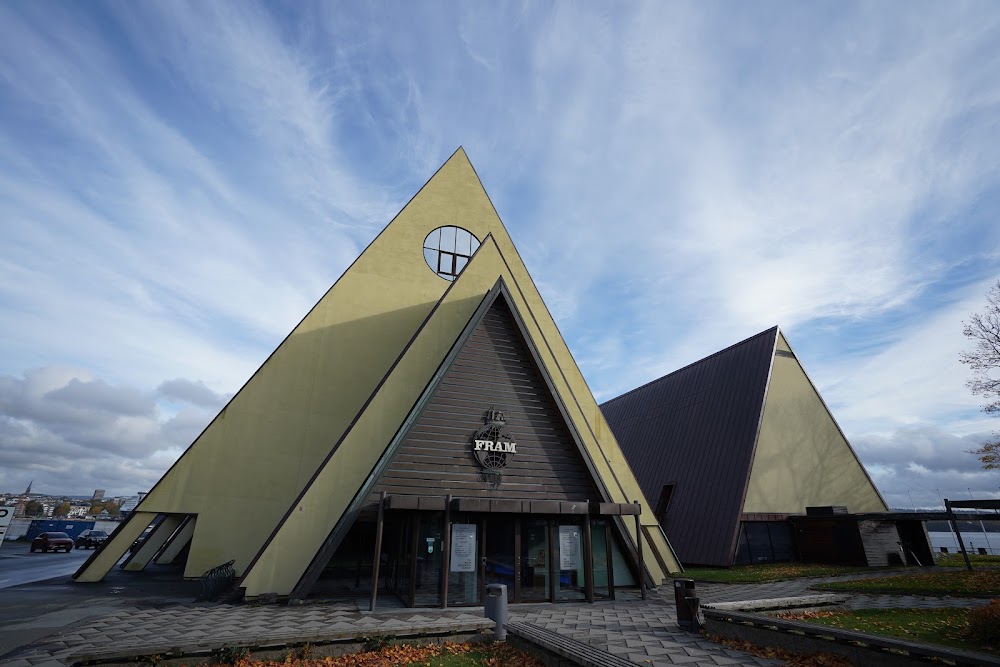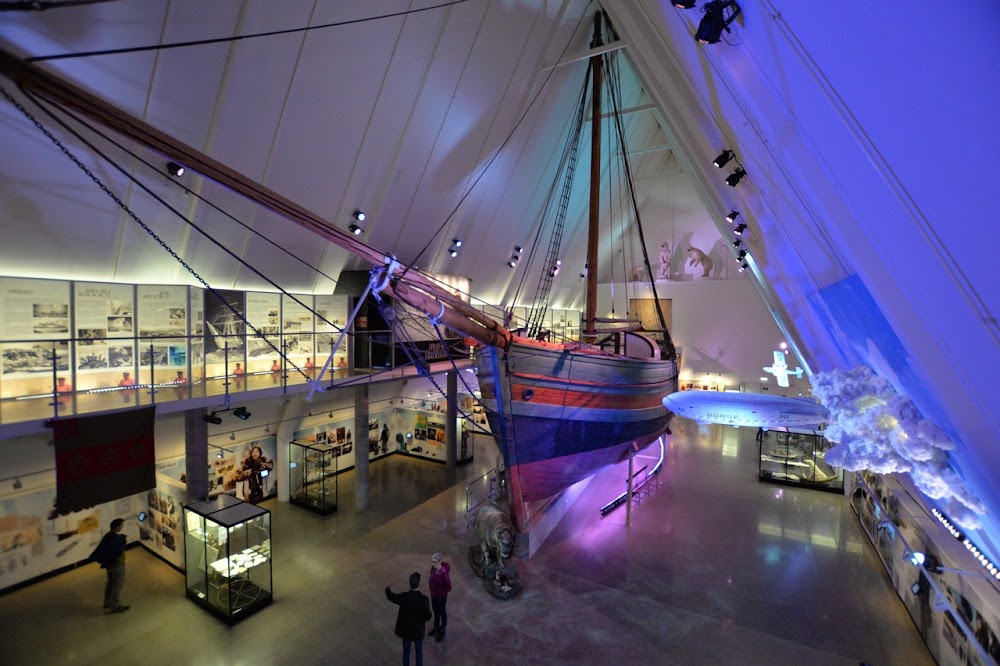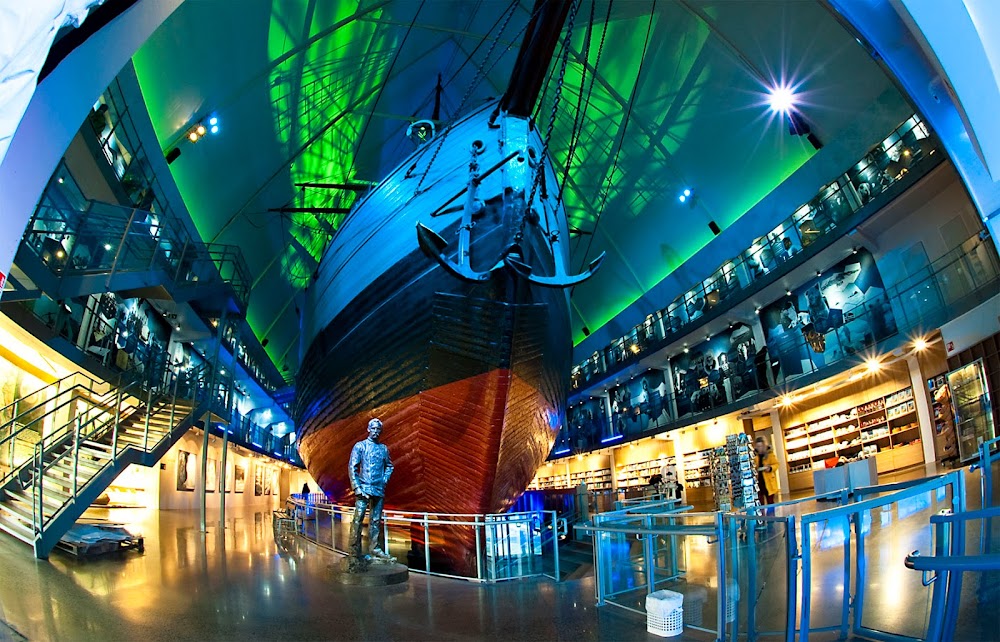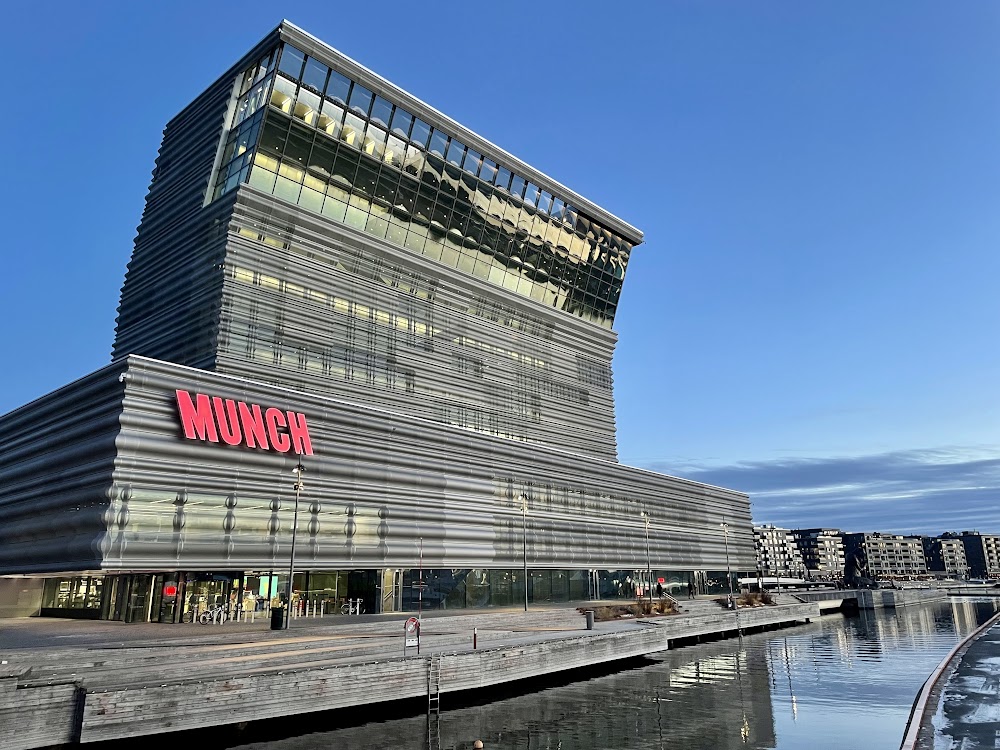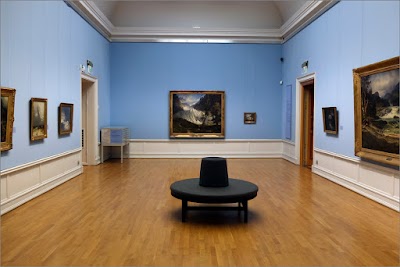Fram Museum (Frammuseet)
Overview
The Fram Museum stands proudly in Oslo, Norway, celebrating the daring age of exploration. Its main attraction is the Fram, a wooden ship built for polar expeditions. Constructed in 1892 by renowned naval architect Colin Archer, the Fram was specifically designed to endure the harshest icy conditions. Its unique rounded hull allowed it to be pushed up by the ice rather than being crushed, a revolutionary design that enabled the ship to withstand the formidable pressures of Arctic and Antarctic expeditions.
The museum itself was established to honor Norway's significant contributions to polar exploration. Designed by the architectural firm F.S. Platou, the building opened its doors in 1936 on the scenic Bygdøy Peninsula. The Fram Museum was designed around the iconic ship, housed within a robust A-frame structure that symbolizes the icy peaks and rugged conditions the Fram once bravely navigated. The creation of this museum garnered support from prominent figures and the Norwegian government, reflecting a deep national pride in the country's polar achievements.
Inside the museum, visitors are invited to explore the decks of the Fram, along with its cabins, engine room, and cargo spaces, all preserved to resemble their original state during various expeditions. The ship’s first major journey, led by Fridtjof Nansen from 1893 to 1896, aimed to reach the North Pole. While this expedition did not achieve its ultimate goal, it provided significant scientific data and showcased the Fram's unparalleled capabilities.
The Fram's second historic expedition, commanded by Otto Sverdrup from 1898 to 1902, focused on exploring uncharted regions around Greenland and Canada. Once again, the ship’s design proved crucial in safely navigating the icy waters, reinforcing its reputation as an extraordinary vessel.
The Fram’s final epic voyage was under the command of Roald Amundsen from 1910 to 1912, culminating in the monumental achievement of reaching the South Pole on December 14, 1911. This accomplishment not only highlighted the Fram's incredible durability and design but also secured Amundsen’s legacy in the annals of exploration history.
As visitors stroll through the museum, they can engage with detailed exhibits about each of these groundbreaking expeditions. Display cases showcase original equipment and personal belongings of the explorers, while interactive displays and multimedia presentations narrate the riveting stories of the hardships and triumphs faced by these brave crews.
Additionally, the museum houses the Gjøa, another significant ship in polar exploration history, which Amundsen used to navigate the Northwest Passage. This exhibit broadens the narrative of Norway’s adventurous spirit and maritime innovation.
The Fram Museum serves as a vital repository of historical artifacts and an educational center, providing insights into the science of polar regions, maritime technology, and human endurance. It regularly hosts school groups, lectures, and special exhibitions, making it a dynamic institution within Oslo's cultural and educational landscape.
Set against the peaceful backdrop of the Oslo Fjord, the Fram Museum offers a vivid reminder of Norway’s storied past in polar exploration, embodied in the resilient spirit of the Fram and its indomitable crew. The museum continues to inspire future explorers and adventurers, preserving the legacy of those who ventured into the unknown in search of knowledge and discovery.


